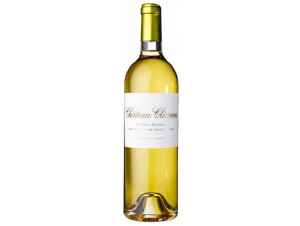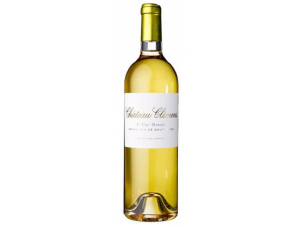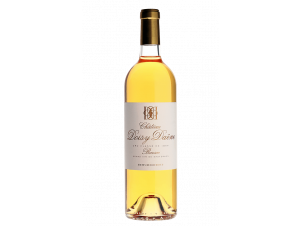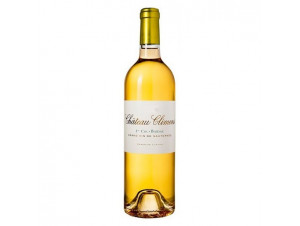You have no items in your shopping cart.
Wine Barsac
The Barsac appellation, located in the commune of the same name, covers 460 hectares in the Sauternes region, on the left bank of the Garonne. The originality of this white wine: its sweet character is due to the presence of a fungus on the grapes! Read more on Barsac
-
Top Selling
-
Top Selling
-
Top Selling
- -24%
Appellation Barsac
Barsac the fair!
Barsac, a commune of just over 2000 inhabitants, is a former royal provostry, which corresponds to the lowest level of royal justice under the Ancien Régime.
The vines arrived in the commune some time later, at the end of the 16th century. It was two centuries later that the technique de "tries" was invented, which consists of harvesting in several stages, a practice used on raisins botrytisés, i.e. invaded by a noble rot: Botrytis Cinerea. It is this fungus that gives the wine its sweet character.
In 1875, the Bordeaux vineyards were hit by phylloxera, a disease caused by insects that ravaged the vines. These were eventually saved by grafting Bordeaux grape varieties onto more resistant American vines.
The Barsac AOC authorises three different grape varieties: semillon, sauvignon and muscadelle. The vines benefit from an oceanic climate, but above all from the autumnal humidity released by the river Ciron, which favours the development of Botrytis Cinerea.
The soils of the appellation are red in colour on the surface, they are chalky and relatively cold, which creates acidity in the Barsac wines.
Tasting Barsac wines
Barsac wines have a brilliant gold colour, quite limpid. The nose develops parfumes of hazelnuts, candied fruits as well as honey and vanilla notes that will develop with time, especially as its ageing potential is around 20 years. Its palate is quite rich and complex, rather fat, while remaining fresh.
Barsac will go wonderfully with foie gras, white meats in sauce, but also strong cheeses like Roquefort, Bleu or Fourme d'Ambert. With desserts, it will go well with pastries with caramelised fruit such as an apricot tarte tatin, or desserts made with alcohol, such as cannelés, a speciality of the region, or flambéed pancakes.
Bordeaux appellations








































 TWIL - Achat de Vin
TWIL - Achat de Vin


